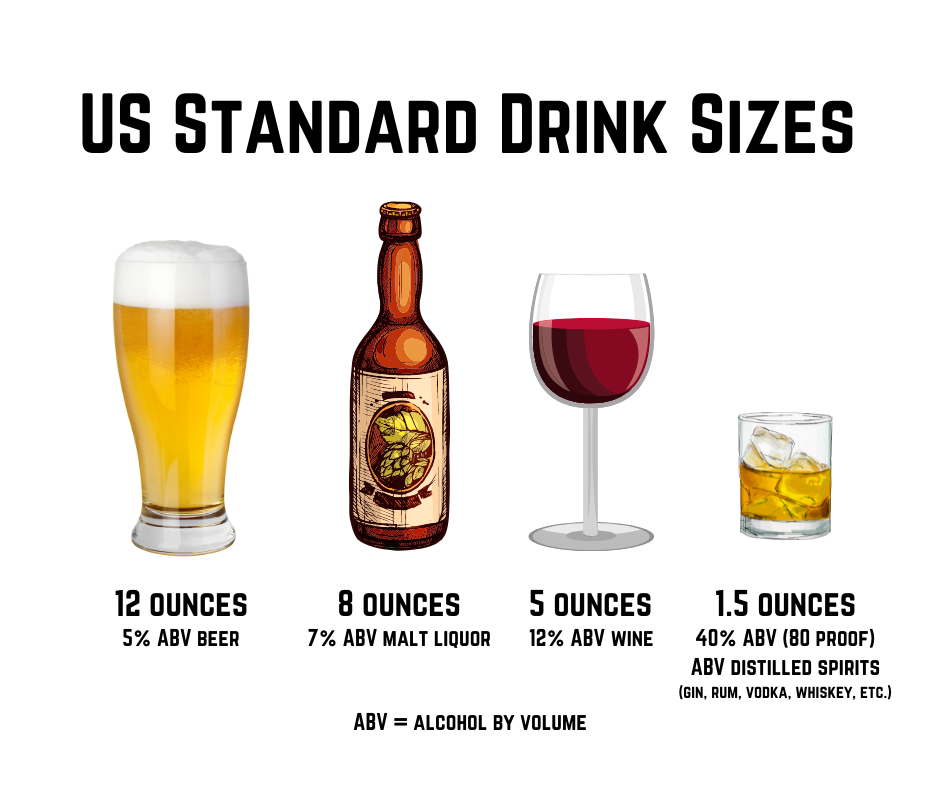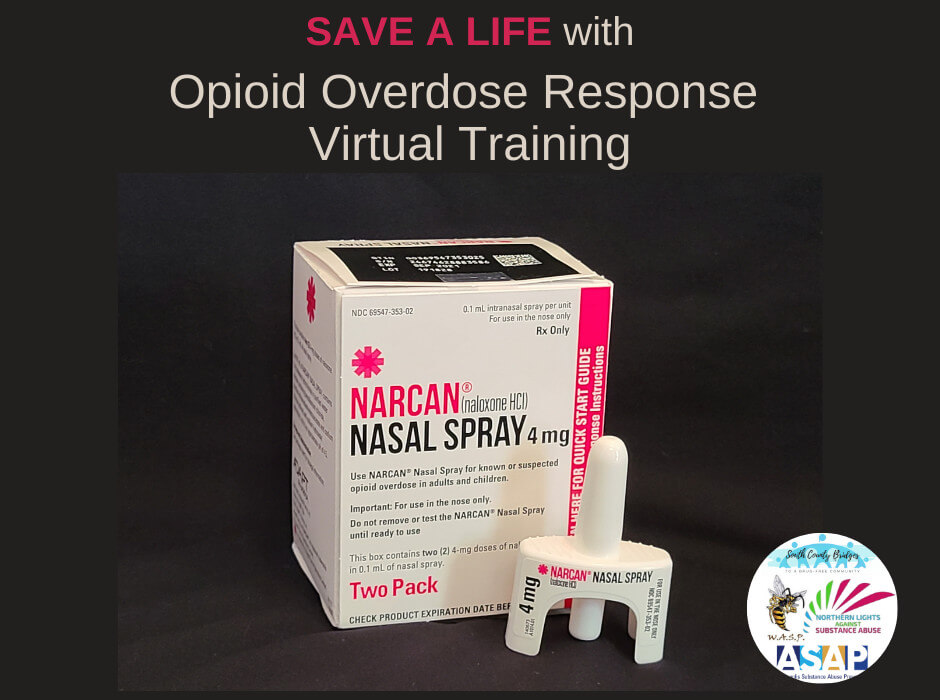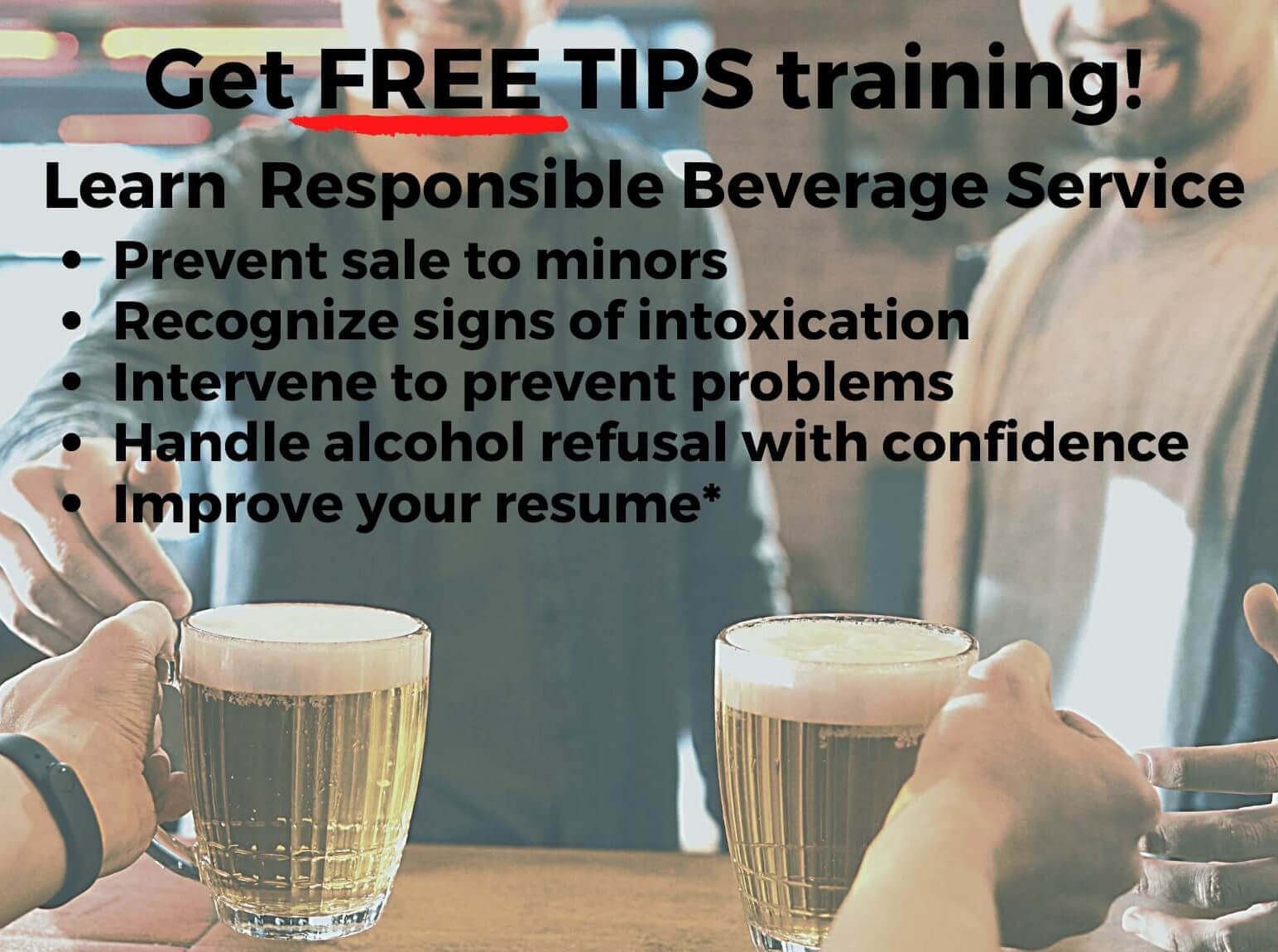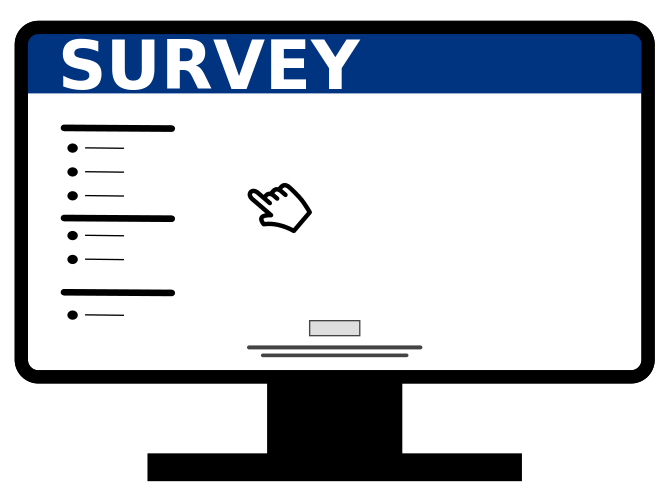The Safe County Alliance is a strategy to create a safe environment for dining and entertainment by building supportive relationships among the Anne Arundel County prevention coalitions, local law enforcement, establishments that sell or serve alcohol, and the surrounding communities.

What Does the Logo Mean?
When you see this logo displayed in a storefront window, you can rest assured that the business has met several qualifications to ensure that the business owners, management, and staff are providing a safe environment for employees and patrons.
House Policies/Best Practices
- Staff trained in responsible beverage service
- Checking ID for legal drinking age
- Ensuring patrons a safe ride home
- No alcohol sold to intoxicated persons
- Unattended drinks are removed to avoid spiking
- Fully stocked first aid kit including naloxone
- Questionable incidents recorded in a daily logbook
What is a Standard Drink?
In the United States, a standard drink contains 0.6 ounces (14.0 grams or 1.2 tablespoons) of pure alcohol. Generally, this amount of pure alcohol is found in:

Did You Know?
Short-term health risks of excessive alcohol use:
- Accidental injury from vehicle crashes, falls, drowning, burning
- Alcohol poisoning
- Violence (homicide, suicide, assault)
- Risky sexual behaviors resulting in unintended pregnancy or diseases such as HIV
- For pregnant women: miscarriage, stillbirth, fetal alcohol spectrum disorders
Long-term health risks of excessive alcohol use:
- High blood pressure, heart disease, liver disease, stroke, digestive problems
- Learning and memory problems
- Weakened immune response
- Cancer of mouth, throat, liver, colon, breast, and other areas
- Alcohol use disorder or dependence
Alcohol-related deaths are preventable!
Source: https://www.cdc.gov/alcohol/



